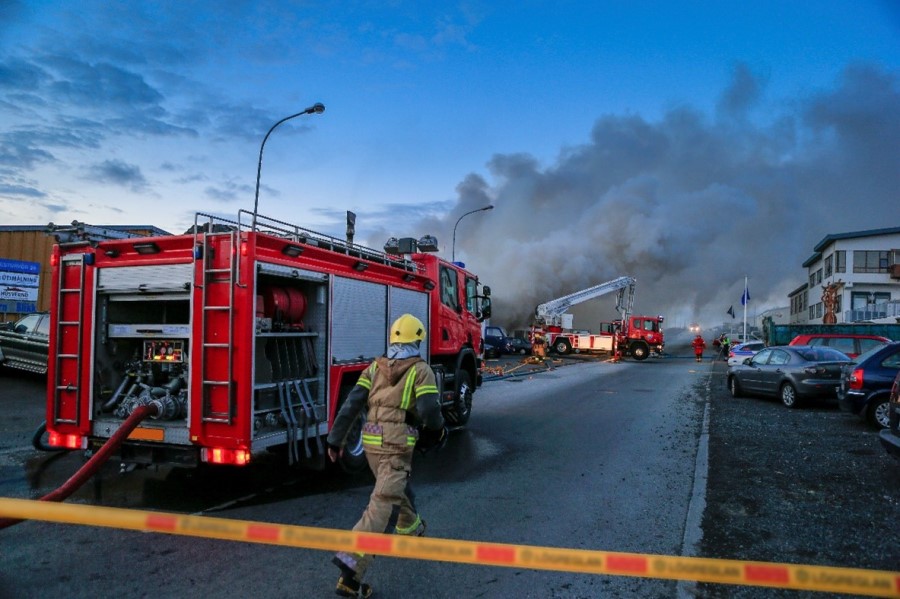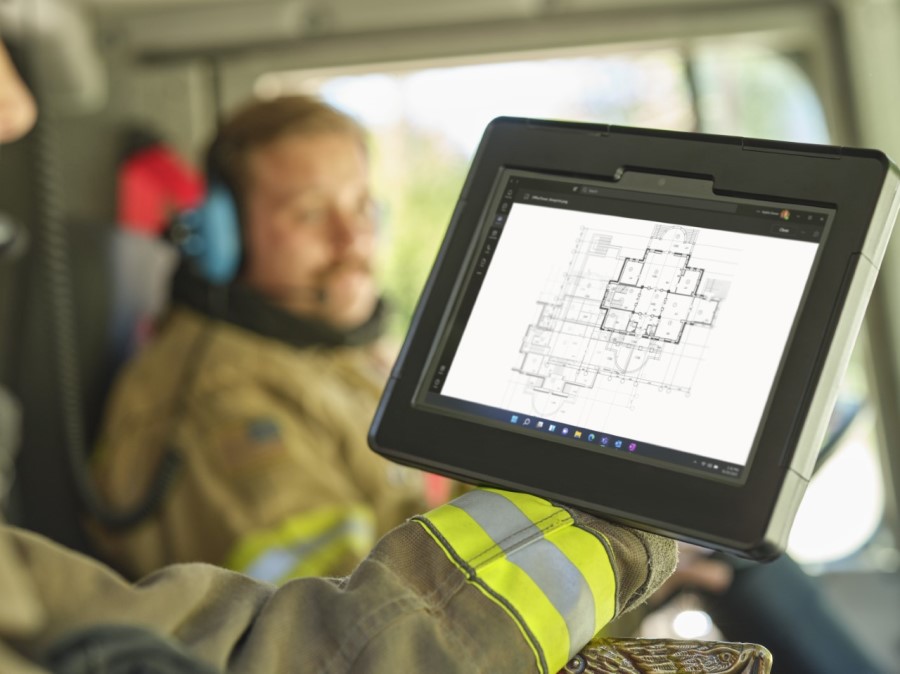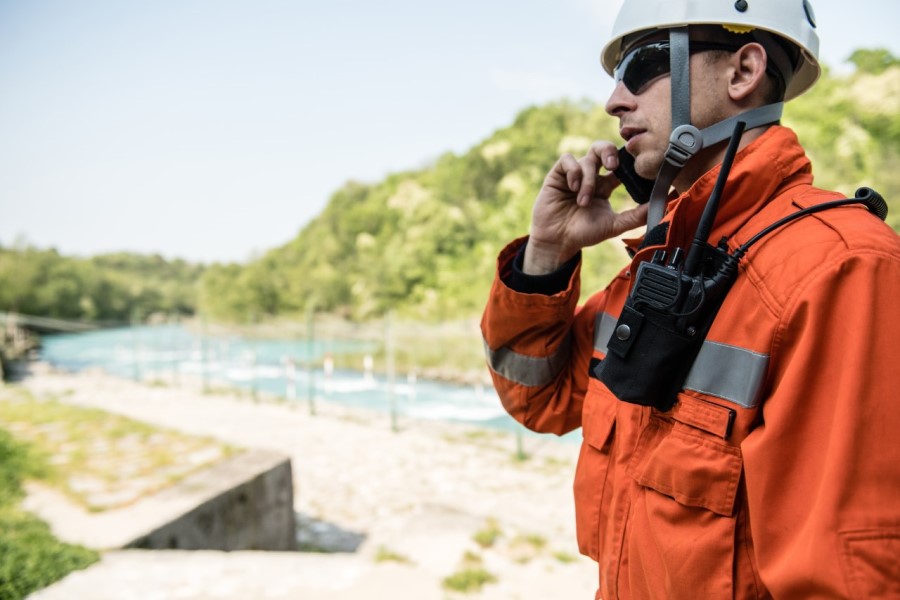Notizie per Categorie
Articoli Recenti
- New whitepaper outlines the taxonomy of failure modes in AI agents 24 Aprile 2025
- Understanding the threat landscape for Kubernetes and containerized assets 23 Aprile 2025
- [Launched] Generally Available: Instance Mix for Virtual Machine Scale Sets 22 Aprile 2025
- Microsoft’s AI vision shines at MWC 2025 in Barcelona 22 Aprile 2025
- [Launched] Generally Available: Announcing the Next generation Azure Data Box Devices 22 Aprile 2025
- [Launched] Generally Available: Cross-Region Data Transfer Capability in Azure Data Box Devices 21 Aprile 2025
- [Launched] Generally Available: Azure Ultra Disk Storage is now available in Spain Central 21 Aprile 2025
- [Launched] Generally Available: Azure Firewall resource specific log tables get Azure Monitor Basic plan support 21 Aprile 2025
- Hannover Messe 2025: Microsoft puts industrial AI to work 21 Aprile 2025
- Securing our future: April 2025 progress report on Microsoft’s Secure Future Initiative 21 Aprile 2025
Empowering first responders with Microsoft
Microsoft for Public Safety and Justice and our partners are on a mission to deliver innovation for fire agencies around the world. Meet with the Microsoft and 3AM Innovation teams in the “Fire Rescue Station of the Future” at FDIC 2023 toexperience the power of digitally enabled first response capabilities.
First responders face the challenge of responding to critical situations with speed and accuracy. The public is used to connected, responsive communications, and expects the same from first responders. While the technology that supports them is vast, very often there is a lack of interoperability, collaboration, and integration between these technologies. This increases the gap between community needs and the information responders have access to. In an age of immediate access to information and digital tools at your fingertips via a smartphone or tablet, why should emergency first responders not have that same level of access to critical information?
The Microsoft for Public Safety and Justice team has had the opportunity to work with emergency response agencies around the world as they seek to adopt new technology to empower their teams, improve operations, and protect their communities. Common challenges we hear relate to enabling situational awareness, providing resilient communications, and leveraging AI in the field.
Let’s take a closer look at how technology is transforming the way emergency services operate.
Enabling situational awareness
While first responders are certainly comfortable with technology, we’ve found that frontline tools are often very basicradios, paper maps, whiteboards, and a mobile data computer. In today’s world, managing a large incident still entails an incident commander having to juggle multiple radios, physically move around names and team designations on a whiteboard, and constantly adapt to changing information in order to maintain a holistic view of the situation.
Moreover, while a common operating picture (COP) is key for effective incident response, disparate technology solutions can create multiple siloed pictures without a single source of truth. Despite these shortcomings, first responders continue to utilize these basic tools that they can count on. Most have experienced failure with technology during a critical moment at some point, and a technology issue while responding to an incident can create huge consequences.
But we are in a new era of reliability when it comes to technology. Resilient connectivity, computing, and power enable first responders to navigate difficult scenes with a high degree of confidence in their situational awareness and assist in decision-making.
Enabling situational awareness means making essential information available to responders through real-time content and context from a variety of different data sources. These sources include wearable devices, vehicles, reporting parties, dispatch centers, connected buildings, unmanned aerial vehicles (UAVs), mixed reality, and many others. All this datagathered from these sourcescomes in various forms, such as text, video, radio, location, weather, geographic information systems (GIS), predictive modeling, and static and legacy data. These data feeds by themselves can provide limited situational awareness, but when they are harmonized together with AI assistance, the decision maker can have a fast and comprehensive view of the unfolding event.
Comprehensive situational awareness leads to better resource utilization, a common operating picture, a reliable incident action plan, and an informed multi-agency response when dealing with larger incidents. These outcomes ensure that responders and agencies work together effectively and have a shared understanding of the incident.
Creating resilient communications
Traditionally, Public Safety Land Mobile Radio (LMR), has provided resilient voice communications between first responders. These systems operate on dedicated frequencies and have built-in redundancy to ensure continuous communication in the event of network failures. But with the increased amount of data that needs to be available for first responders, communication needs stretch far beyond voice.
To enable resilient communications, agencies require a shift in traditional focus from communication infrastructure to information delivery. Microsoft is dedicated to providing capabilities to make data accessible and secure to first responders in real-time in nearly any circumstance or location. This way, all stakeholders across the emergency first response ecosystemincluding communications centers, incident commanders, and other agenciescan all access the same information.
For effective response and action, responders need reliable access to multiple network types, including cellular, broadband, satellite, LMR, mesh, and others. Additionally, the information presented to them needs to cut through the noise across various data points and prioritize the presentation of public safety data. But most importantly, this needs to happen automatically to blend these communication pathways without the need for responder action or intervention.
The Microsoft hyperscale cloud capabilities, in tandem with our vast partner ecosystem, enable agencies to achieve all of these to create resilient communications. As a result, first responders can maintain seamless communication, even in the most challenging environments, ensuring that they can stay focused on their primary mission: saving lives and property.
AI to the rescue
With technologies like generative AI gaining prominence, first responders can harness the power these capabilities provide to focus on what matters most.
AI can serve as a personal assistant for emergency service workers by providing intelligent decision support, predictive analytics, and mixed-reality training. AI systems can analyze data from various sources to provide real-time information and recommendations, helping responders make better decisions in critical situations. AI can also help predict the potential spread of an incident, identify patterns in 9-1-1 call data to improve resource allocation, analyze traffic data to determine the fastest routes to an incident, and assist with many other critical functions.
AI can also amplify voice communications by performing tasks like:
- Giving responders a digital assistant that works alongside them during emergencies. Call out “Mayday!” on the radio and critical support will be sent.
- Transcribing all radio traffic in real-time. Each responder knows exactly what everyone else knows, at the same time.
- Providing computing assets to support command operations regardless of location.
Furthermore, AI can be used to create realistic simulations of emergency scenarios for training purposes. This enables responders to gain experience and practice in a safe, controlled environment, honing their skills and preparing them for real-life situations. The combination of AI and mixed reality can significantly enhance the training process and information retention, and contribute to better preparedness and performance in the field.
Using mixed reality, first responders with the appropriate equipment can take advantage of an immersive experience nearly anywhere. They can “see” the incident in three dimensions and collaborate with others in real-time, accelerating decision-making.
A new day for emergency services
Today, emergency first responders need to have access to critical information at their fingertips. But until agencies solve for the lack of interoperability, collaboration, and integration between technologies, the gap between community needs and what first responders have access to will remain.
To bridge this gap, the Microsoft for Public Safety and Justice team is dedicated to working with emergency response agencies to empower their teams, improve operations, and protect their communities. By leveraging the power of the Microsoft Cloud and partner ecosystem, we can enable comprehensive situational awareness, create resilient communications, and deliver AI-driven insights to responders in the field.
This will empower first responders to navigate difficult scenes with a high degree of confidence in their decision-making, leading to better resource utilization, a common operating picture, a reliable incident action plan, and effective organization across multiple agencies. Together, we can ensure that first responders stay focused on saving lives and property and protecting our communities.
Learn more about our commitment to first responders
To learn more about digitally enabled first response capabilities, visit us at the Fire Rescue Station of the Future, alongside our partner 3AM Innovations, at FDIC International 2023, April 24 to 29, 2023, and check out our podcast with Dan Munsey, Fire Chief of San Bernardino County Fire Departmentin California, and Chair of the International Association of Fire Chiefs Technology Council.
Microsoft for Public Safety and Justice
Empowering agencies. Improving operations. Protecting communities.
The post Empowering first responders with Microsoft appeared first on Microsoft Industry Blogs.
Source: Microsoft Industry Blog



